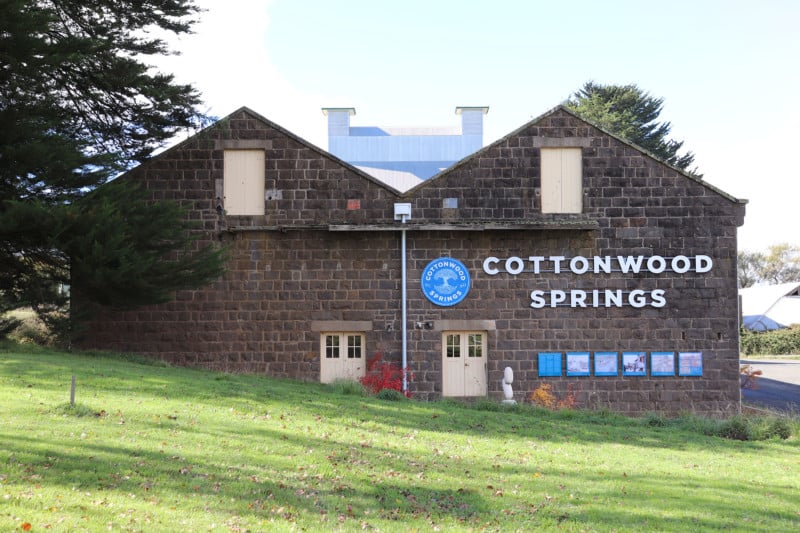The following chapter of Australian whisky has been written by Luke McCarthy for our August 2021 Outturn, launching Friday 6 August, in anticipation of Cask 147.1 Jacaranda Jam. This is the first Australian whisky to be selected by the expert tasting panel of the Scotch Malt Whisky Society. Keen to learn more? Join the world’s most colourful whisky club today.
Chapter 1 – Not so humble beginnings
By Luke McCarthy
For those new to Australian whisky, the current scene can be tricky enough to navigate, with well over 60 distilleries now bottling their own whisky and another dozen soon to follow. But unbeknown to even seasoned enthusiasts is the extensive history of Australian whisky production that predates the current boom period. Well before the renaissance that had its origins in Tasmania in the 1990’s, Australia produced an estimated 140 million litres of whisky from the 1860s through to the 1980s.
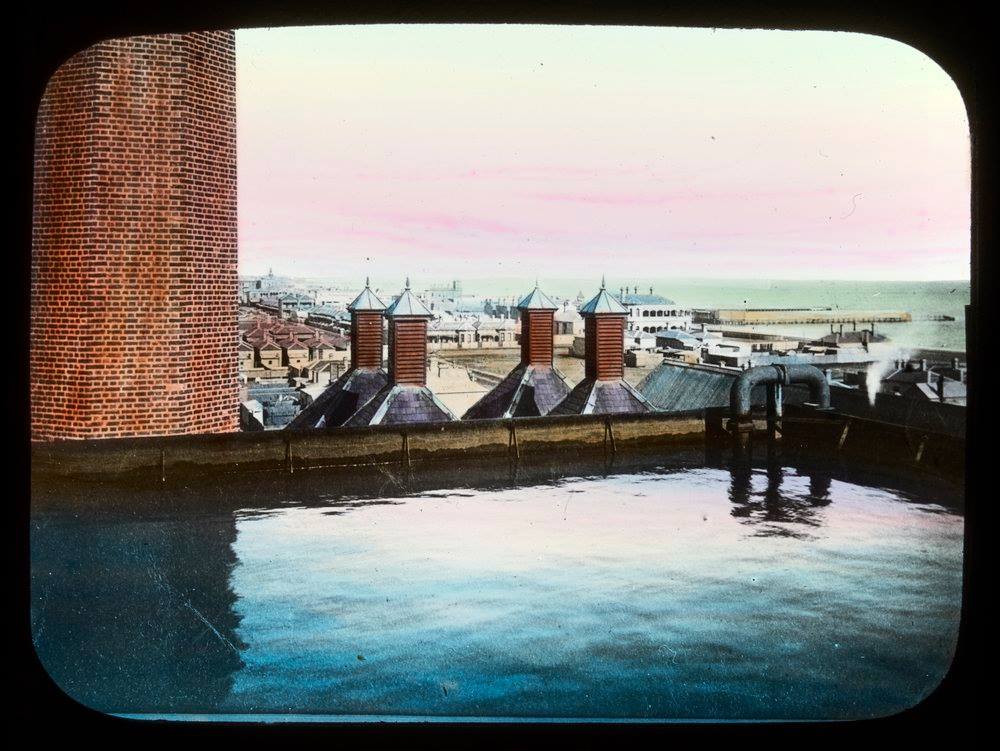
To unearth this history and understand where the current industry came from, three distinct eras of Australian distilling need to be examined. The story starts with the fledgling industries that developed in the penal colonies of New South Wales and Van Diemen’s Land (Tasmania) between 1788 and 1862. From 1863 to 1929, whisky-making then prospered in Victoria following the introduction of the Distillation Act 1862, which helped to spawn Australia’s most significant whisky distilleries (South Australia briefly joined the party with a handful of malt whisky producers during the same period). And then from 1930 to 1980, the blended whisky wave began, with international conglomerates buying up and ultimately putting a stop to whisky production in Australia before its rebirth in the 1990s.
At the start of it all, as you might expect, there were Irish and Scots. Not long after Captain Arthur Phillip’s First Fleet encroached on the land inhabited by Aboriginal people for over 60,000 years, some of the craftier Irish and Scots began illicitly fermenting and distilling locally-grown wheat in the bushes surrounding Sydney Cove. Native grains had been cultivated by Aboriginal people for millennia, something modern Australian whisky makers have only recently woken up to. But the colonists were blind to Aboriginal agriculture and land management, and got to work planting and farming more familiar wheat and barley varieties.
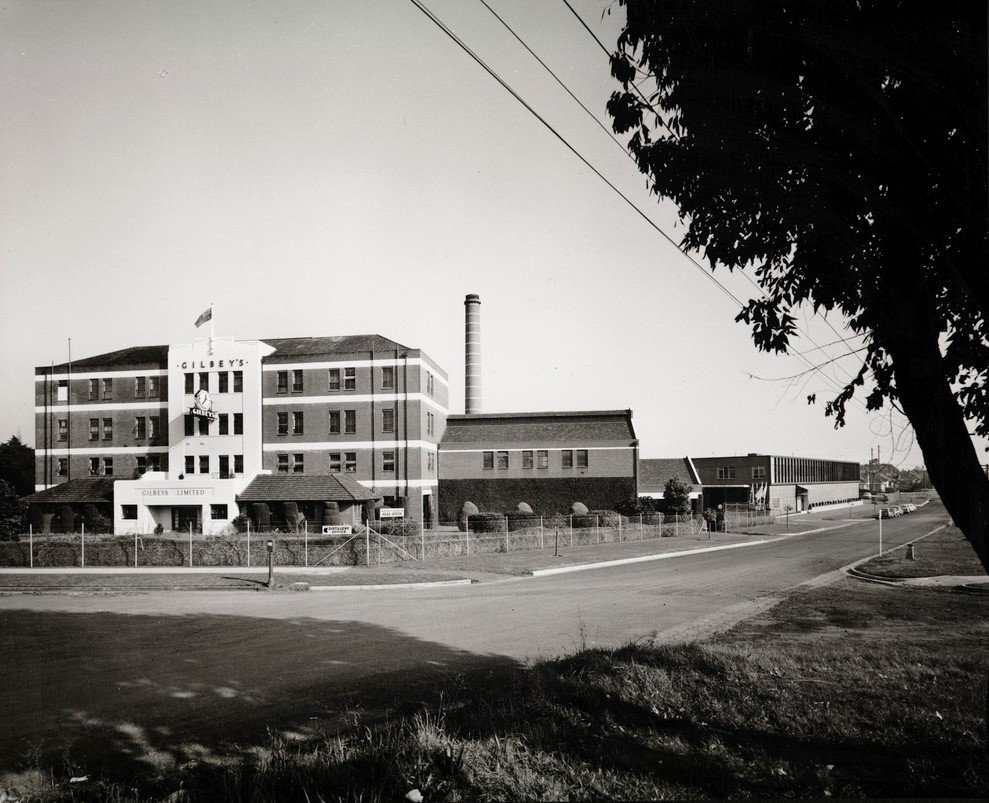
There wasn’t much of an appetite for locally-made Australian whisky at the time, as the penal colony of New South Wales was awash with rum from South America, India and Jamaica. Initially, the colony struggled to even feed itself, but that didn’t stop the production, trade and rampant consumption of rum and other spirits. From the mid-1790s, spirits were so integral to the colony that they were bartered and traded for goods and services as a de facto currency.
The prevalence and abuse of spirits forced Governor Hunter, the man in charge of the colony, to enact a prohibition on distilling in 1796 – the first in a long line of government interventions in the Australian spirits industry. Brewing, however, was allowed to continue, and when Sydney’s first brewers figured out how to make palatable beer in Australia’s warm, alien climate, whisky-making was set to follow.
In Van Diemen’s Land, the island penal colony to the cooler south of the continent established in 1803, brewers found much more favourable conditions for making beer and subsequently, whisky and spirits. The ban on distilling in the Australian colonies was lifted in 1822, and from there, distilleries were constructed in and around Hobart. The Sorell and Derwent distilleries were the first, producing spirits from locally-grown grain that loosely resembled whisky.
Eight distilleries opened and closed in Van Diemen’s Land over the next 15 years. But in 1838, a critical report was filed to the Legislative Assembly on the distilling trade. It argued that the industry was unviable for a variety of reasons, chiefly because revenue collection from excise duty was frequently being defrauded, and the admixing of inferior local product with imported spirits was rife among publicans and retailers. As a result, the Prohibition Distillation Act banned distilling in the colony from January 1839. The ban only stood until 1847, but distilling wouldn’t recommence in Tasmania for 150 years.
Back up north, a number of distilleries operated in Sydney from 1822 to the 1850s, predominately focused on gin and rum. But then the state of Victoria entered the frame, and with it, Australia’s first fully fledged whisky distilleries.
Victoria boomed following the gold rush of the 1850s, becoming one of the richest regions in the world at the time. The Victorian Distillation Act of 1862 then encouraged the trade, and Australia’s first notable malt whisky distillery, the Warrenheip Distillery, was built in 1863 by Robert Dunn outside the thriving gold town of Ballarat.
At Warrenheip, Australia’s potential for quality whisky manufacture was first realised, and many of the Victorian distilleries that followed have links or references to its success. Dunn’s distillery was designed by engineer J. H. Rennie, thought to be a Scot, and he applied the same successful principles from the Old World to construct Warrenheip. His design took advantage of natural spring water that filtered down through the basalt and scoria rocks of Mount Warrenheip, an inactive volcano. Water gravitated unassisted from a 300,000 litre reservoir above the distillery that Rennie had converted from a natural pond. It fulfilled the requirements of the entire site – a remarkable achievement, considering how fraught water management is even today in the driest inhabited continent in the world.
The first ‘whisky’ distilled at Warrenheip in 1863 was from a mash of barley, oats and wheat in the Irish pure pot still tradition. The grains were malted, milled and mashed onsite. Fermentation ran between 80 and 90 hours, and the wort was triple-distilled in three locally-built pot stills, each sporting large worm tub condensers. Initially, a short maturation took place in four 2500 gallon oak vats, but once a cooperage was constructed onsite, casks were then used to hold and transport Warrenheip malt whisky via the adjacent railway straight to Victoria’s capital, Melbourne.
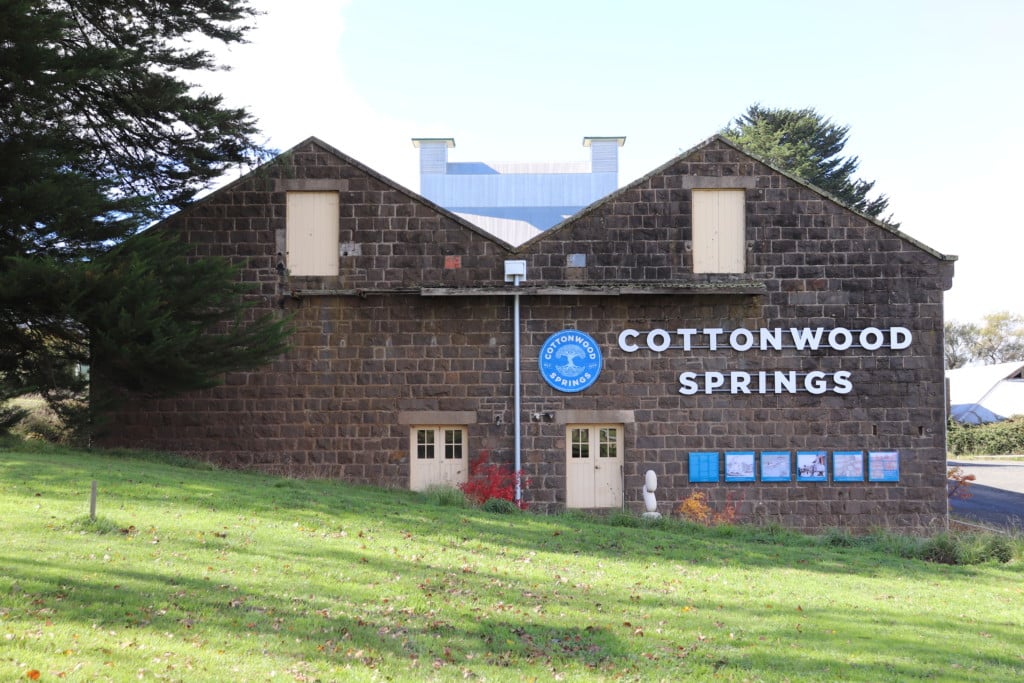 Along with the cooperage, Dunn built a grain store, engine house, bond store, stables and offices, and soon, most of the distillery’s grain requirements were supplied by surrounding farms. The business thrived in its early years, and Dunn ramped up production to over 600,000 litres of whisky, genever, and gin a year by the late 1860s. But in 1869, drought caused significant problems for the enterprise, as grain crops failed and production was halted. Despite its growth, the business was still in debt, and in 1872 it was put up for auction and purchased by Henry Brind and four other investors.
Along with the cooperage, Dunn built a grain store, engine house, bond store, stables and offices, and soon, most of the distillery’s grain requirements were supplied by surrounding farms. The business thrived in its early years, and Dunn ramped up production to over 600,000 litres of whisky, genever, and gin a year by the late 1860s. But in 1869, drought caused significant problems for the enterprise, as grain crops failed and production was halted. Despite its growth, the business was still in debt, and in 1872 it was put up for auction and purchased by Henry Brind and four other investors.
Brind was an English chemist who’d arrived in Australia in 1852 and settled in Ballarat to run a gold buying business. He had experience in the local distilling game before purchasing Warrenheip, helping to run a distillery in Ballarat on the banks of Lake Wendouree. But when the lake dried up in the same drought period, the spring-fed Warrenheip was too good an opportunity to pass up. Brind and his descendants built Warrenheip into Australia’s second largest whisky distillery. By the 1890s, the distillery employed one third of the distilling workforce in Victoria, while Warrenheip and Brind’s malt whisky developed a reputation for quality, winning a suite of competition awards in Australia and overseas.
But Warrenheip’s success didn’t go unnoticed. In Melbourne, touted as the wealthiest city in the world in the 1880s, large distilleries had been constructed to compete with Brind’s malt whisky. Thomas Aitken, the founder of Victoria Bitter, Australia’s most iconic beer brand, also made a triple-distilled whisky in the Irish pure pot still style from the 1860s, although numerous reports ranked Warrenheip as the superior drop.
Then in 1884, a distillery befitting the wealth and grandeur of ‘Marvellous Melbourne’ was constructed in the Joshua Brothers’ Federal Distillery. Federal took years to complete, and when it became fully operational in the late 1880s, it quickly turned into one of the largest distilleries in the Southern Hemisphere.
Initially, there were two malting floors, a cooperage, a granary and an enormous malt kiln. Five stills – a Coffey still and four pots, the later between 5000 and 9000 litres – were producing malt spirit, grain spirit, gin, rum and a sought-after brandy. Sea water was also drawn from Port Phillip Bay and used to cool the still’s condensers (something even the Scots have struggled to develop). During the distillery’s peak production period in the early 1900s, it was producing over 4 million litres of spirit a year.
By the early 1920s, competition between Victoria’s major whisky producers – Federal, Warrenheip, the Australian Distilling Company in South Melbourne, and a distillery operated by Breheny Bros & Kenna also outside Ballarat – was heating up. The rivalry was resolved in 1924, when the businesses amalgamated to create Federal Distilleries Pty Ltd, raising a starting capital of £750,000 – a staggering sum for the time. For context, that’s close to $100 million today adjusting for inflation. These were not humble little operations! The distilleries pooled their whisky stocks and suddenly had over 1 million gallons (nearly 3.8 million litres) of mature Australian malt whisky to play with. To put this stock to use, Federal Distilleries created Old Court pure malt whisky. Federal proclaimed that Old Court was equal to the great whiskies of the world, owing to its maturity and Australia’s strict whisky regulations, namely the Spirits Act 1906, where stringent laws came into force around the production and labelling of Australian whisky.
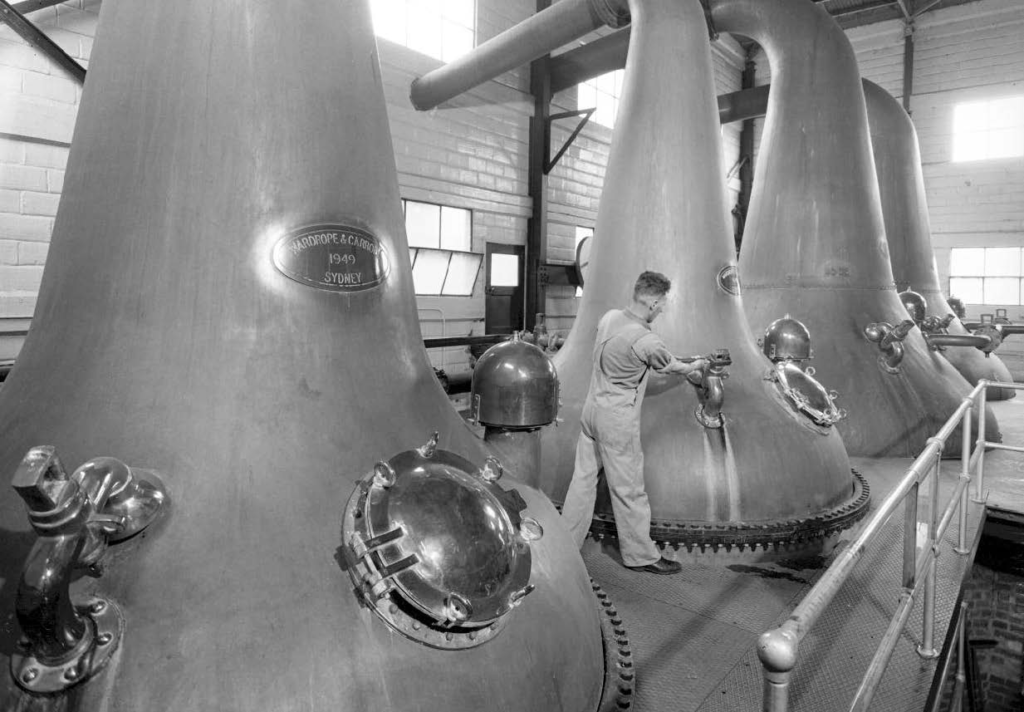
Sales of Old Court skyrocketed in the years after its initial release. Local tariffs helped, and were further increased by the Bruce government in 1925, making Australian whisky more affordable than imports. The total market share for Australian whisky began to climb, and by 1929, it was almost 40% in Victoria, 13% in South Australia, and just over 10% in New South Wales (today, Australian whisky barely captures two per cent of the overall market).
Speaking to a reporter in 1927, Lloyd Brind, descended of the pioneering Henry, and the managing director of Federal Distilleries, proclaimed his unwavering confidence in the future of Old Court and Australian whisky:
“The foregoing looks to me like the writing on the wall, and in my opinion is the beginning of the end of imported whisky. It goes to show that Australians will have an Australian whisky, for which they can rely, owing to our stringent laws, on its being an absolutely pure malt spirit.”
– Lloyd Brind, The Register
But in the same interview, the reporter raised the upcoming construction of Distillers Company Limited’s (DCL) new Corio Distillery in Geelong. The Australian whisky industry had been well aware of increased interest from Scottish whisky companies. The chief chemist for Federal Distilleries, N.J.M Brelaz, had toured the great distilleries of Europe and the UK in 1927. He even presented multiple samples of Old Court whisky to Scottish distillers, recounting how impressed they were in an article he published on his travels. “Samples of Old Court whisky were submitted to many of the leading Scotch experts, who were frankly astounded that such a spirit could be manufactured outside of Scotland,” wrote Brelaz in 1928.
But DCL were interested in more than sampling. The Scots had long paid close attention to Australia, and for good reason – it was the leading export market for Scotch whisky in the world up until the Second World War. With Australian duties on imported whisky steadily increasing, DCL and other large international spirits companies sniffed an opportunity.
At the time, conditions for distilling in Australia were much more favourable than in Britain or the United States (Prohibition was at its height in the latter). Representatives from DCL were dispatched to Australia in 1927 to look into the viability of constructing a distillery. Distillations on Victorian barley had already been undertaken in Scotland, and when tests on water quality around Melbourne turned up positive results, DCL formally announced that they would build a large distillery at Corio Bay, an hour west of Melbourne.
By the start of 1929, the facility was ready to begin production. The first spirit was filled into cask in March 1929, and William H Ross, DCL’s managing director, was there to oversee the occasion. Corio then laid down 1.9 million litres of spirit in its first two years using both pot and column stills. But whisky stocks wouldn’t be ready for another five years. DCL were wary of the lag, particularly as their imported Scotch whisky brands continued to suffer thanks to high import duties.
For the aggressive DCL, the solution was simple enough. In July 1930, Corio Distilleries Ltd merged with Federal Distilleries. DCL took a controlling share of Federal and the merger resulted in the formation of a new company, United Distillers Pty Ltd, which would preside over the entire business.
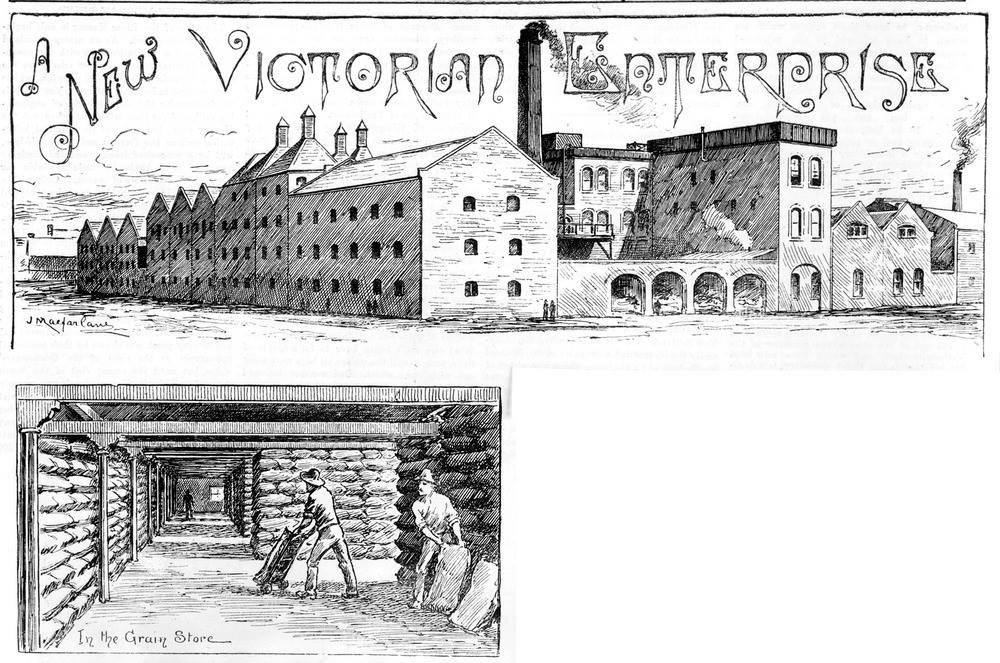
The path was cleared for DCL to develop its own brand of Australian whisky. It achieved this in 1934, when United Distillers released its first Corio whisky, Treble ‘A’, a grain and malt blend, making use of Federal’s extensive malt whisky stocks. From here, Corio whisky brands became the face of United Distillers (it was even fast-tracked for export to the United States following the end of Prohibition). Meanwhile, Federal’s heritage malt whisky brands like Old Court and Brind’s were quietly pushed to the sidelines.
DCL’s Australian manoeuvre caught the attention of W&A Gilbey, one of the world’s great distilling companies at the time. Gilbey’s had thrived in the Australian wine and spirits trade since the late 1800s, and in 1937, after years of searching for the right location, they opened Gilbey’s Distillery in the Melbourne suburb of Moorabbin.
Gilbey’s had acquired malt whisky stocks from Adelaide’s Thebarton Distillery, the largest of several whisky producers in South Australia, to create Bond 7, an Australian blended whisky first released in the late 1930s. A plethora of other Gilbey’s Australian whisky brands followed in the 1950s and 60s in an attempt to capture a slice of the market.
But it wasn’t enough to compete with Corio. The runaway success of Corio’s 5 Star Whisky brand further cemented DCL’s dominance. Corio 5 Star was released in 1956 to coincide with the Melbourne Olympics. It went on to sell a staggering 8.5 million bottles in Australia and abroad in its first four years on the market. Suddenly, blends were king, and Australia’s near 100 year old tradition of promoting and selling malt whisky was coming to a close. Consumption of these new local whiskies peaked in 1961, when over 1.5 million litres of Australian whisky was sold. But then a series of moves by the Australian government, and the actions of the enormous parent companies that dominated Australian whisky production, gradually crippled the industry.
Firstly, high tariffs on imported whisky and spirits were removed in the early 1960s. Excise duty on Australian-made spirits was then increased in 1965. Suddenly, United Distillers and Gilbey’s had no reason to continue to produce and market Australian whisky – their large portfolio of Scottish and international whiskies could easily trump local brands.
Even though the writing was on the wall, Corio continued to produce whisky throughout the 1970s, but in reduced quantities (Federal had stopped distilling, and operations wound up in the same decade; Warrenheip ceased distilling in the late 1920s). DCL then had little interest in producing quality, flavourful Australian whisky. The last distillations at Corio were carried out in 1979/80, and the distillery was closed in the years following. DCL subsequently accepted a takeover bid from Guinness PLC in 1986 – the modern descendant of the two is Diageo, the world’s largest spirits company.
For Gilbey’s, it was a similar story. In the 1970s, the company flagged the lowering of import tariffs and the raising of Australian excise duty as disastrous for its Melbourne operation. In 1985, all bottling and distilling operations were ceased at Gilbey’s Melbourne plant and moved to New Zealand, marking the end of 120 years of Australian whisky-making heritage. Thankfully, it was only a pause. A new wave was coming…
—
Luke McCarthy is an Australian whisky evangelist, writer, and managing editor of OzWhiskyReview. This full article has been published with permission from our SMWS August Outturn.



